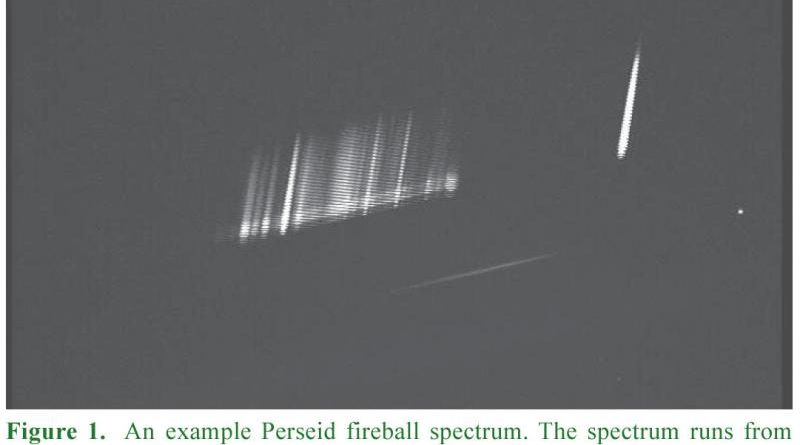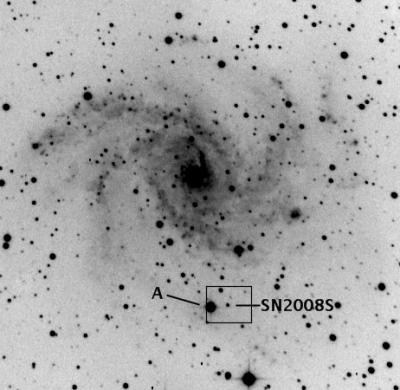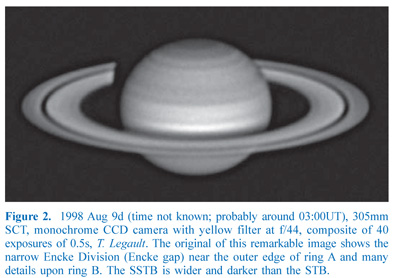Analysis of a Perseid fireball spectrum
Analysis is presented of a Perseid fireball spectrum recorded by videography on the night of 2013 August 12/13. Two significantly different spectra were obtained in one of the video frames, which we interpret as being due to an afterglow following an end flare of the fireball and emission from the surviving fragment.
Read more







